Giữ hương rượu cần Ia Peng
(GLO)- Nhiều năm qua, bà con Jrai ở buôn Sô Ma Hang B (xã Ia Peng, huyện Phú Thiện, tỉnh Gia Lai) đang từng ngày lưu giữ hương rượu cần truyền thống như một cách bảo tồn nét văn hóa của dân tộc mình.

Cú 'quay xe' của nữ sinh duy nhất được tuyển thẳng vào Trường ĐH Y dược TP.HCM

Trí tuệ nhân tạo hoạt động như thế nào?

Ho Chi Minh City - the shape of a modern 'super city'

A series of events promises to bring Binh Dinh's image far and wide.

Intimate and simple moments of General Secretary Nguyen Phu Trong

Solemn flag-raising ceremony to celebrate the 57th anniversary of ASEAN's founding

Giới trẻ đua nhau check-in mùa thu Hà Nội dưới trời 38 độ C

Dream stream in the deserted autumn forest

Trào lưu biến mỗi mái nhà thành một lá cờ Việt Nam gây sốt mạng

Gentle autumn on Van Phong bay

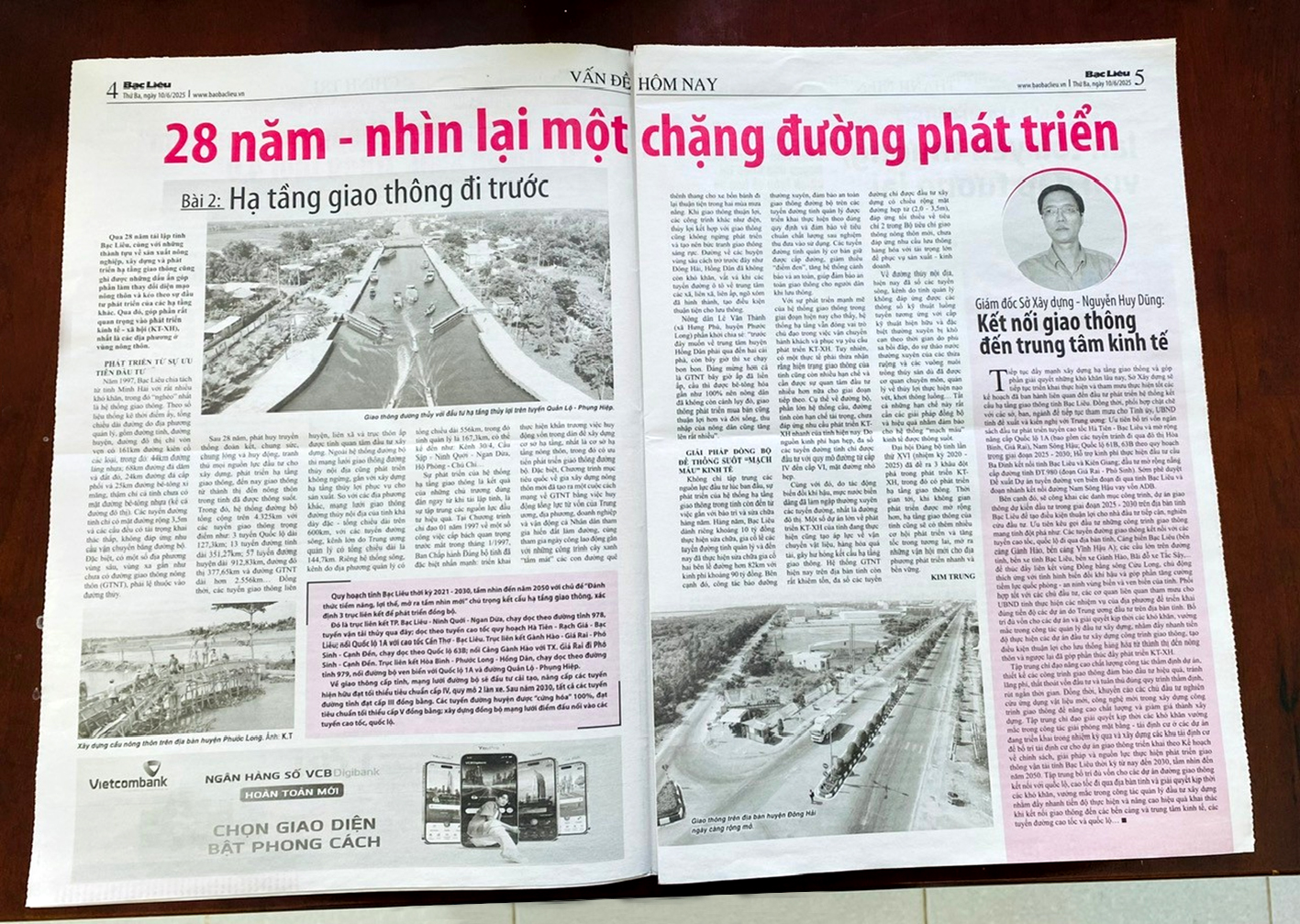

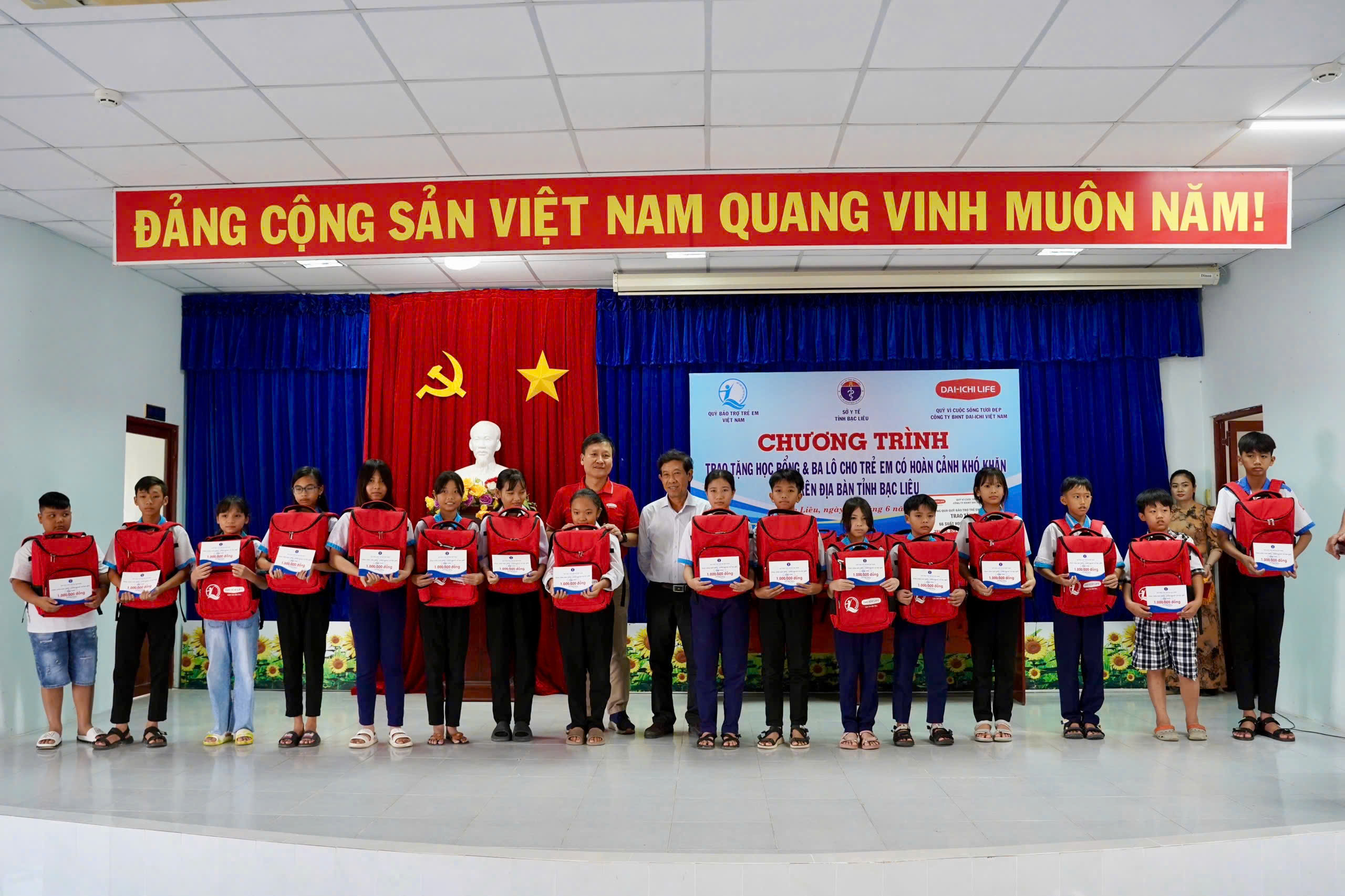
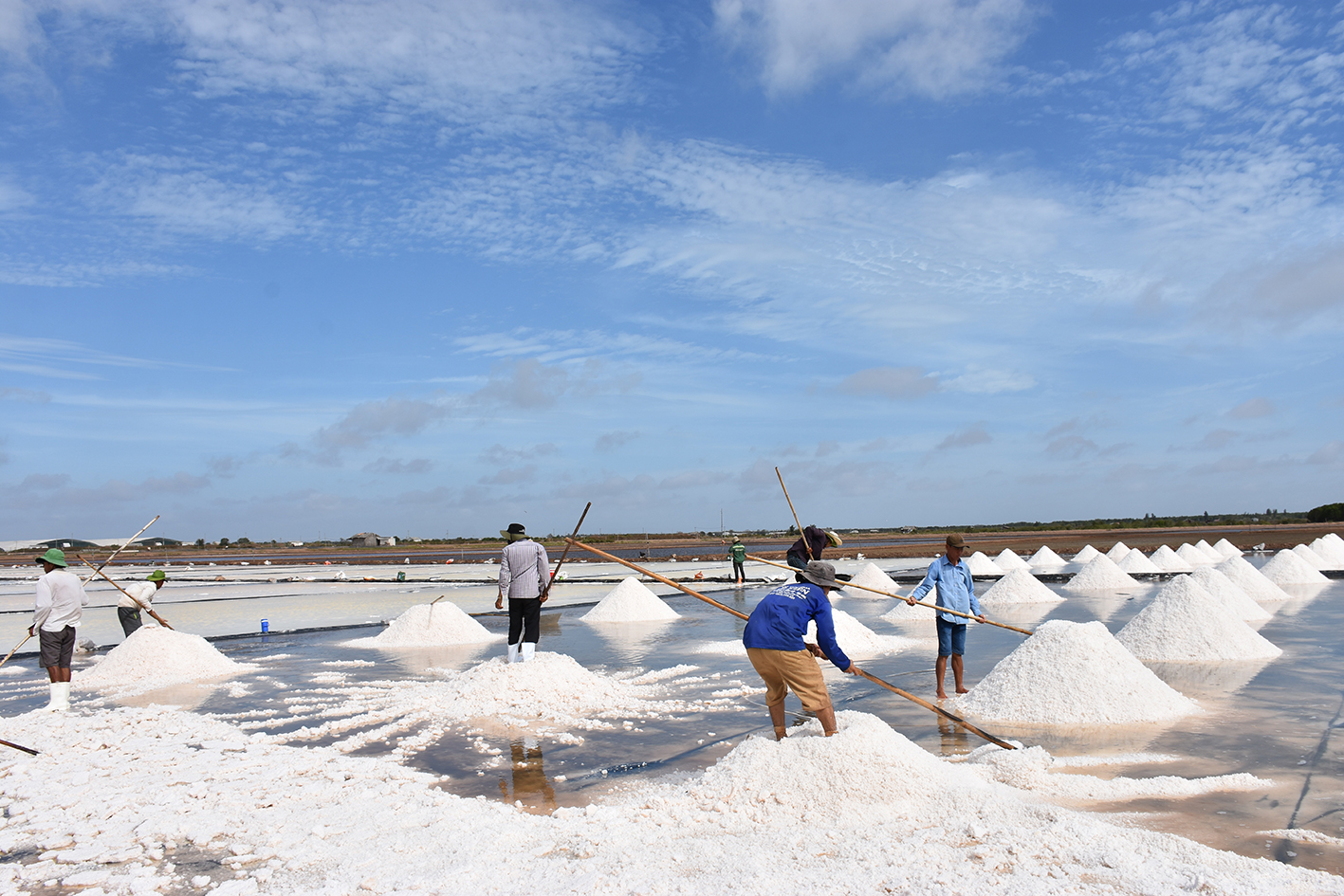






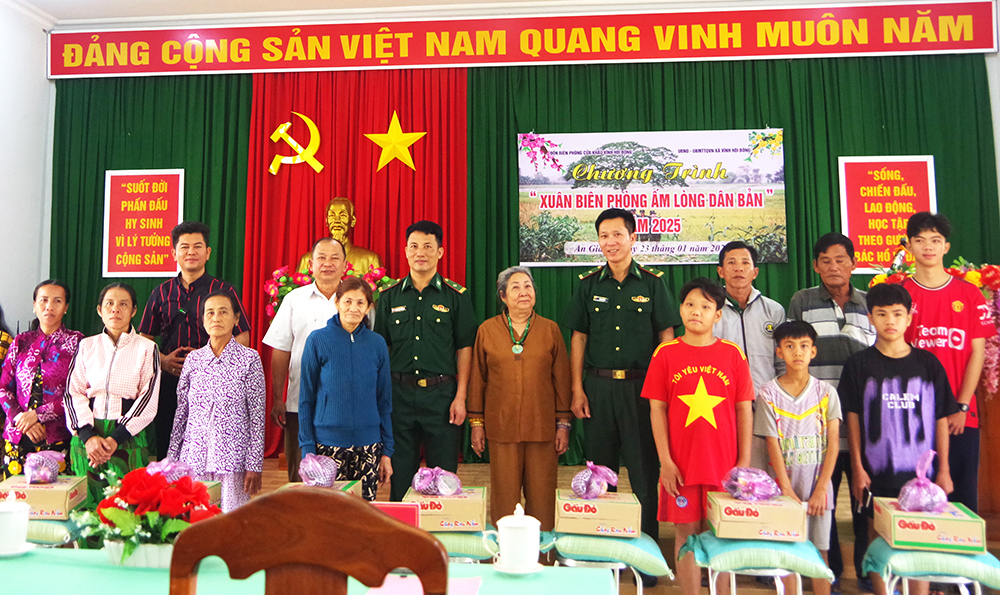

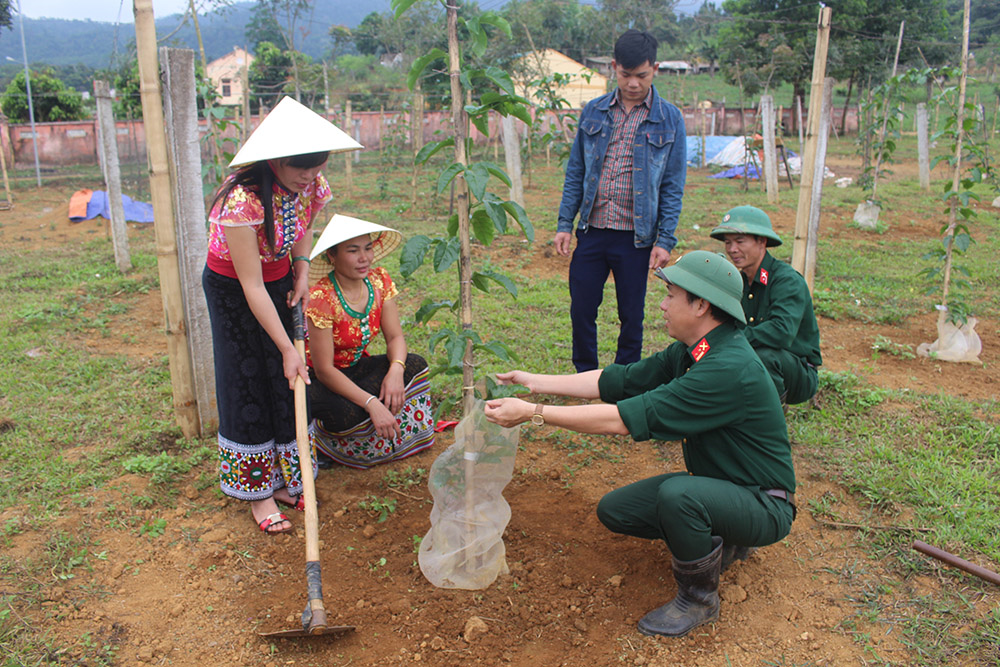
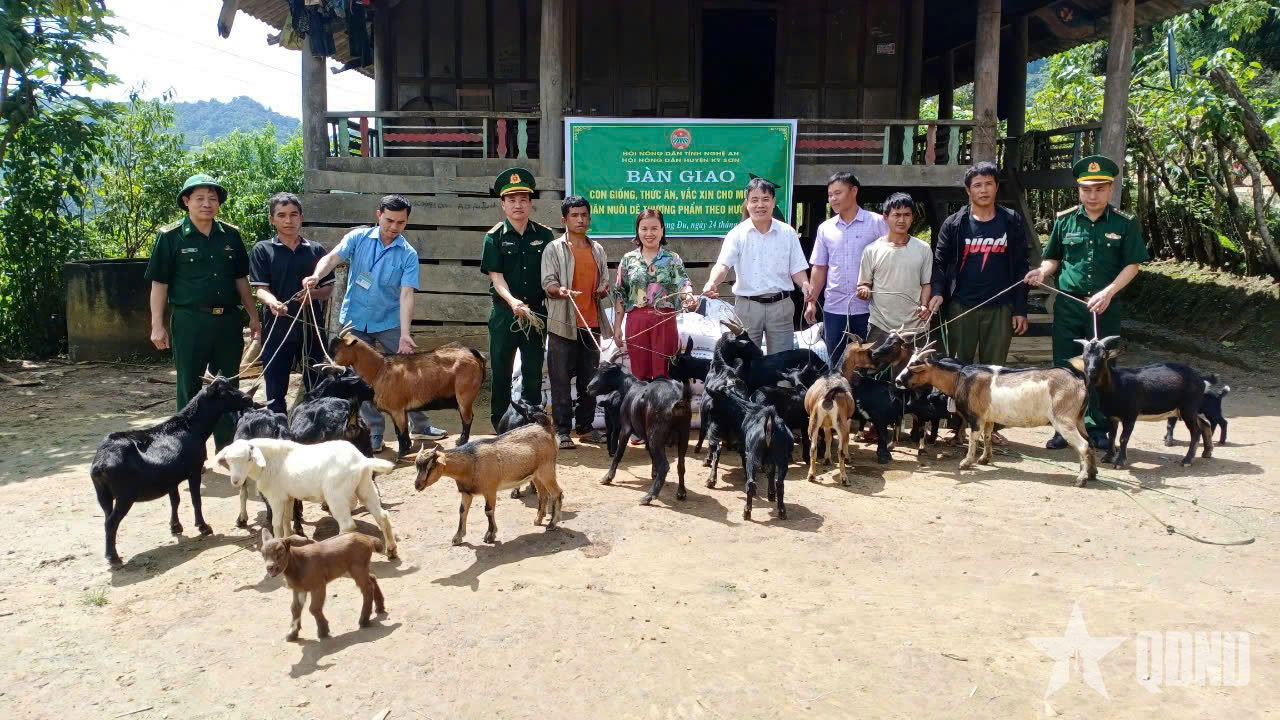
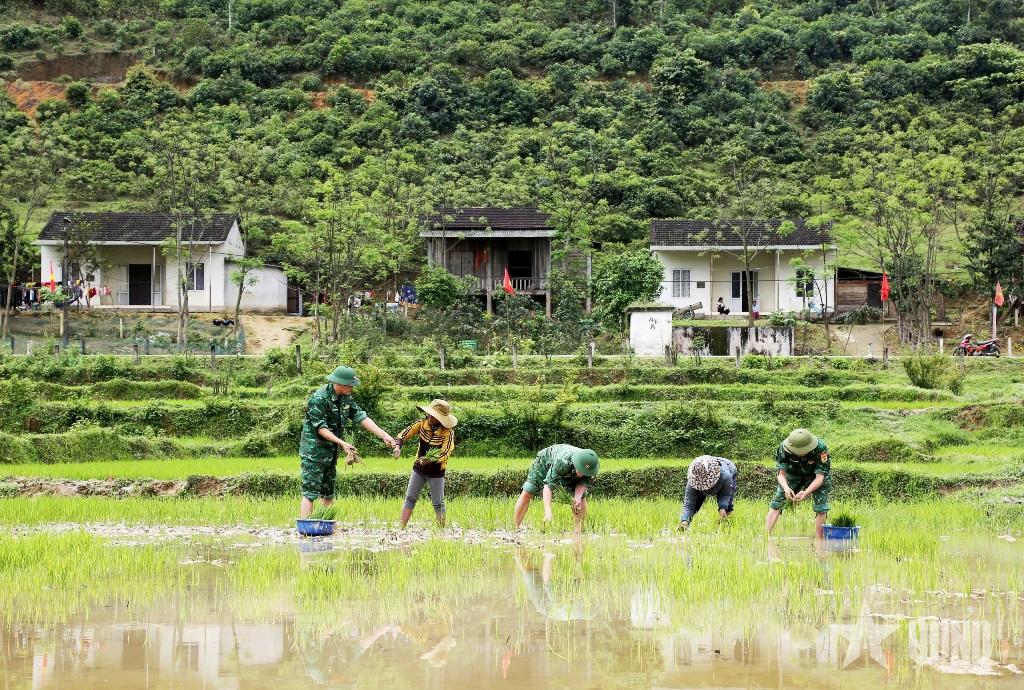
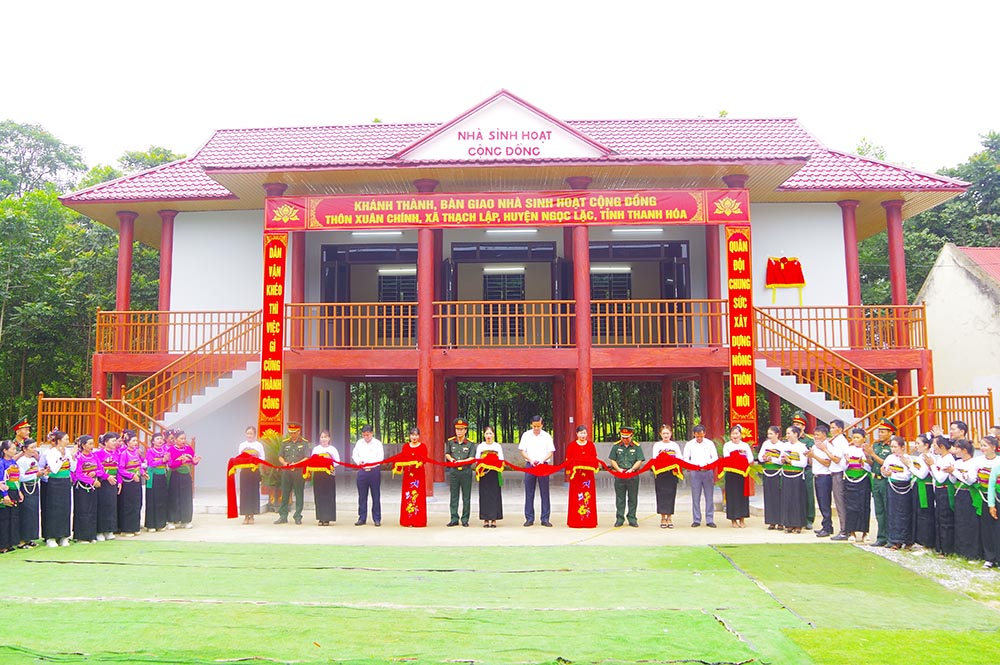
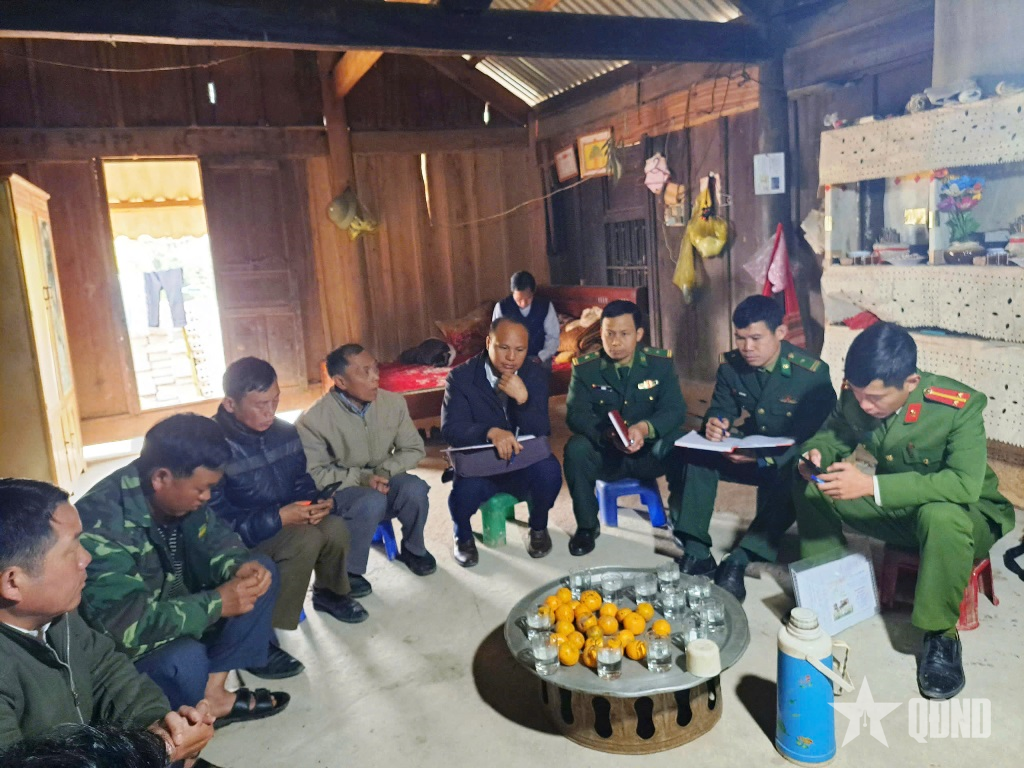








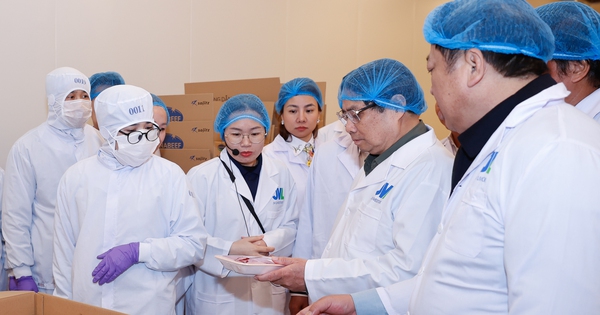











Comment (0)